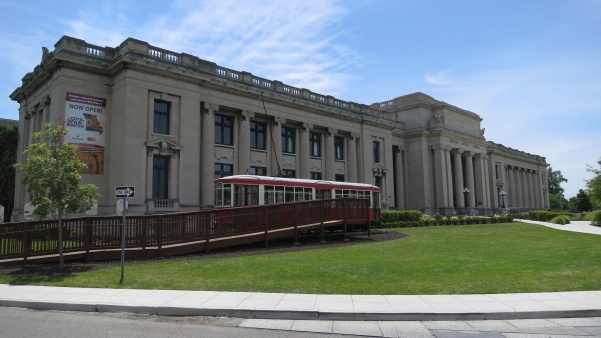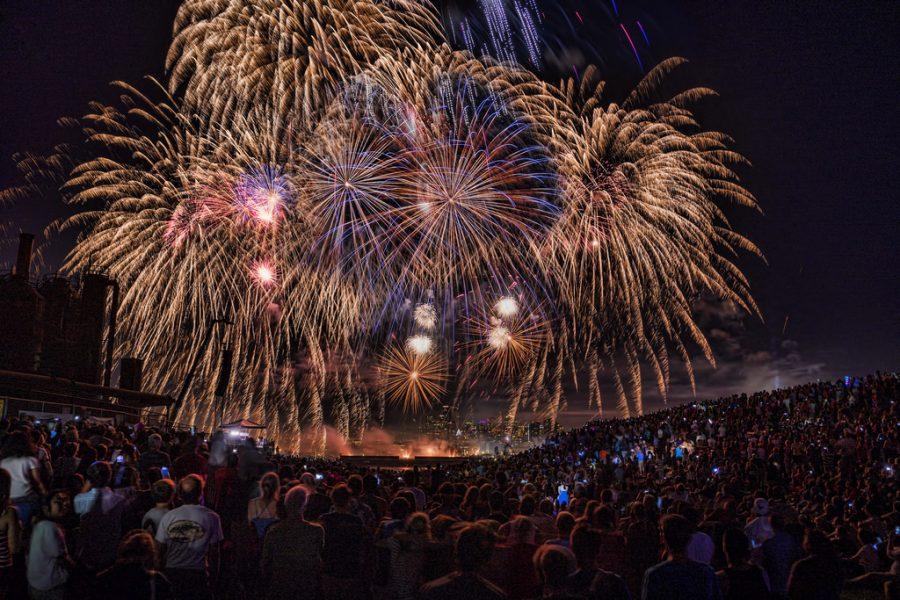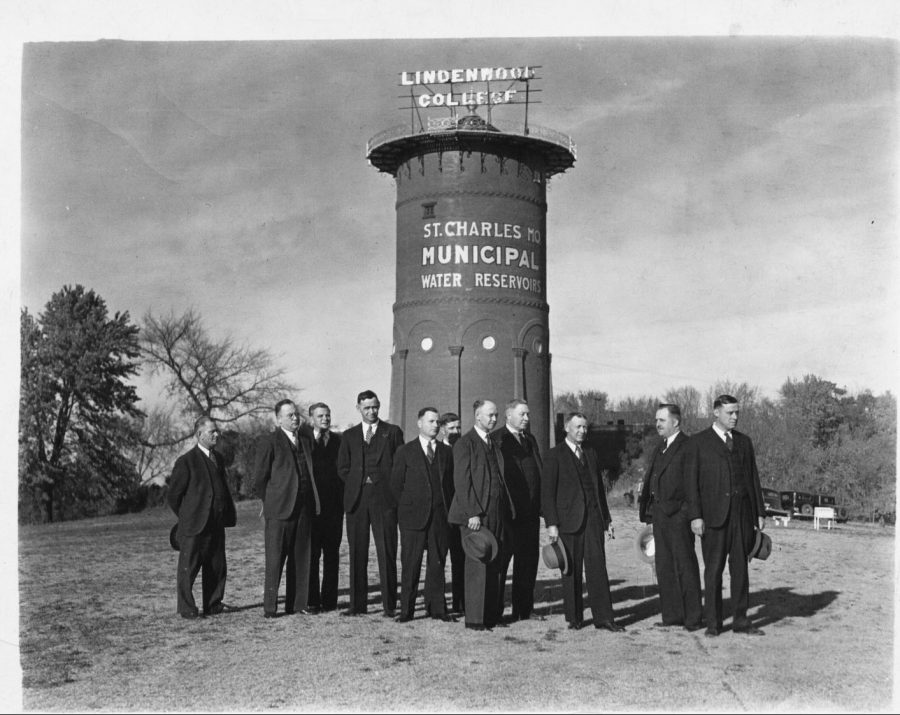Brett McMillan | Staff Reporter
Posted May 27, 2014; 9:15 a.m.
Much of the taste of the Midwest, and the United States as a whole, is not found in the more famous attractions of its cities, but in the sites considered to be hidden treasures.
The following attractions, located in St. Louis or within a day’s drive, include some of the area’s lesser known cultural destinations.
Meant to interest local natives and international visitors alike, the list combines food and entertainment venues with history and scenic views.
(*Free attraction)

This north St. Louis cemetery is the final resting place for many historical American figures. Among those buried there are Louisiana Purchase explorer William Clark, the Lemp family, artists, poets, aviators, architects and the founders of the Sporting News.
Giant mausoleums and ornate statues share a landscape with age-old trees, lakes and groves of flowers. Information on guided and self-guided tours of this active cemetery are available at Bellefontaine’s website.
Ragtime music was the precursor to modern American jazz. A controversial genre, many viewed ragtime’s upbeat tempo as the ruination of classical music. One of ragtime’s most praised composers, Scott Joplin, made his home in St. Louis between 1901 and 1904.
As a black man, he was a polarizing figure in what was then the nation’s fourth largest city. He wrote many famous songs while in St. Louis, including music for the 1904 World’s Fair. The Scott Joplin House is a state park, and is free to the public.
In the 1800s, millions of Germans immigrated to the United States and settled in the Midwest after finding the terrain mirrored that of Germany. In 1876 Eberhard Anheuser and Adolphus Busch came together to found what eventually became one of the largest brewers and beer distributors in the world.
Anheuser Busch became the first national beer brand in America and used refrigerated train cars to transport their beverages. The company has breweries across the nation, but the world headquarters is located in St. Louis.
The brewery has a visitors’ center, gives guided tours, offers free samples and has a new beer garden.

Lemp was one of the biggest names in American beer during the first half of the 19th century. The Lemp family was one of the wealthiest families in St. Louis and began a brewery in south St. Louis in 1840, a block from the family mansion. Tunnels beneath the street connect the two.
A series of emotional issues and tragic deaths broke the Lemp brewery and family apart. The house is now a bed and breakfast, restaurant and event space. Some even believe the mansion may be haunted.
Staff allow visitors to explore the house and answers tourists’ questions.
Lincoln Presidential Library and Museum (Springfield, Illinois)
Lincoln lost a son in office, struggled with his marriage and ultimately was assassinated. His presidency ended prematurely but not before he led the United States through the Civil War.
His presidential library and museum in his hometown of Springfield combines shows, interactive exhibits and artifacts to educate visitors on Lincoln’s life and legacy as they walk through recreations of buildings from the sixteenth president’s life.
Truman Library and Museum (Independence, Missouri)
President Harry S. Truman made the decision to drop the Atom Bomb on Japan which resulted in millions of civilian deaths and led to the end of World War II. Truman lived in the same small house just outside Kansas City, Missouri his entire life, apart from his time of residence in Washington D.C.
The personal history of the lone president from Missouri is a four hour drive from Lindenwood University.
*Missouri History Museum World’s Fair Exhibit
The 1904 World’s Fair in St. Louis saw the debut of many cultural staples including the waffle cone, telegraph, hamburger, electrical outlets, early airplanes, submarines, the coffeemaker, the X-ray machine and the modern Olympics. Twenty million people from across the world came to what was then the fourth largest U.S. city for an event that lasted nine months.
The fair took place in Forest Park and many of the buildings constructed for the event still remain today. The entire fair is chronicled in the Missouri History Museum’s World’s Fair exhibit.
*Daniel Boone Home (Defiance, Missouri)
Daniel Boone is famous for leading countless Americans from the east coast through the Cumberland Gap and into the modern American Midwest. Toward the end of his life, Boone and his family relocated from Kentucky to present day Defiance, Missouri.
The house Boone spent most of the final days of his life in sits on a multi-acre property surrounded by 18th and 19th century buildings relocated from across the region. The property sits approximately 25 minutes west of Lindenwood University, and LU has owned the property for nearly a decade. The site hosts festivals, and is also available for tours.

Slaves were once sold on the steps of the Old Courthouse in downtown St. Louis, but the building is best known for playing host to the Dred Scott decision which is considered by some to have been the first step toward the American Civil War.
Dred Scott was a former slave whose master had died and Scott was trying to sue for his freedom. In 1857, a judge ruled that blacks, free or slaves, were not eligible for American citizenship. This meant they could not bring lawsuits in federal court. The decision outraged American abolitionists.
The court house and court room where the Dred Scott decision was made is part of the Jefferson National Expansion Memorial in downtown St. Louis. The Old Courthouse is also home to a museum chronicling St. Louis history and the city’s place as the gateway to the American west.
Together with the Arch the courthouse makes up Missouri’s lone national park.
Eugene Field House and St. Louis Toy Museum
This row house on Broadway across from Busch Stadium was the childhood home of Eugene Field who grew up to become known as a great children’s poet and the inventor of the personal newspaper column.
His father, Roswell Martin Field, also lived in the house. Roswell was the attorney that defended Dred Scott in a landmark decision that got Americans talking about civil rights and slavery in the United States.
Today, the house is host to a museum that chronicles the history of the Field family and the history of toys.
National Churchill Museum (Fulton, Missouri)
Winston Churchill is best known as the prime minister who guided the United Kingdom through World War II. After the war he became one of the first people to bring up the dangers the Soviet Union posed. He went on a tour of the United States giving speeches along the way.
It was at Westminster College in Fulton, Missouri, that he delivered the “Iron Curtain” speech. The rhetoric was perhaps the most famous in Churchill’s career. Some historians consider the speech the unofficial start of the Cold War.
Fulton sits an hour and 20 minutes west of St. Charles. Westminster College has a museum dedicated to Churchill, a section of the Berlin Wall and the church of St. Mary Virgin Aldermanbury. The English church was built in 1677 and moved brick by brick to America to save it from Nazi bombing raids during World War II.
The Chatillon-DeMenil mansion sits a block from the Lemp mansion. It began as a farm house but as multiple St. Louisans added on during the past few centuries the property has grown. Arguably the house’s most famous resident was Henri Chatillon who was a guide for historian Francis Parkman as he wrote his 1849 best-selling book “The Oregon Trail.” The book made Chatillon one of the most famous men in America.
The mansion also stands over a vast network of natural caves which at times have been open to tourists. The caves have served many purposes through the years. They are possibly most famous for being walk-ways and cooling tunnels for the Lemp brewery which at the time was one of the largest and most popular beer brands in the country.
feature photo courtesy of en.wikipedia.org















